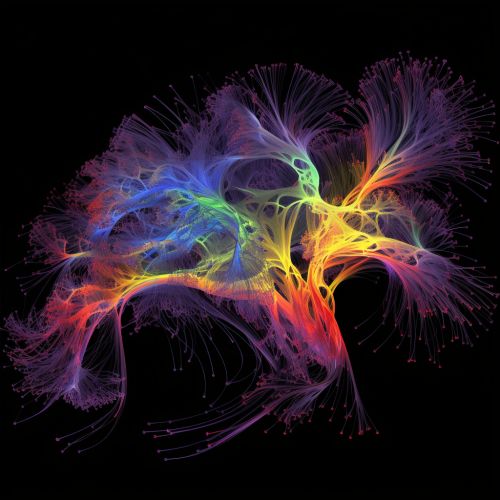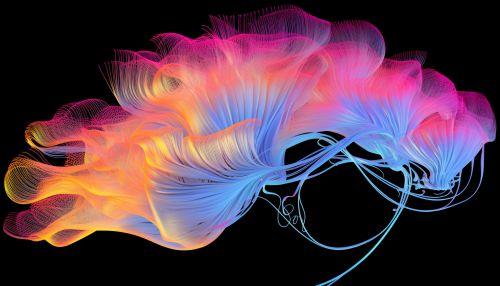Cognitive Implications of Synesthesia in Adults
Introduction
Synesthesia is a perceptual phenomenon in which stimulation of one sensory or cognitive pathway leads to automatic, involuntary experiences in a second sensory or cognitive pathway. People who report a lifelong history of such experiences are known as synesthetes. This article focuses on the cognitive implications of synesthesia in adults, exploring the effects on memory, creativity, and other cognitive functions.


Understanding Synesthesia
Synesthesia is a neurological condition that results in a blending or crossing of senses. Different types of synesthesia have been reported, but they all involve experiencing sensory input in multiple ways. For example, a synesthete might see colors when they hear sounds (chromesthesia) or associate numbers or letters with a specific color (grapheme-color synesthesia).
Cognitive Implications of Synesthesia
Synesthesia has significant cognitive implications, affecting various aspects of cognition such as memory, attention, and creativity.
Memory
Synesthetes often exhibit superior memory abilities. This is particularly true for those with grapheme-color synesthesia, who can use their color associations to aid in memory tasks. For example, a synesthete might remember a phone number by recalling the associated colors.
Attention
Synesthesia can also affect attention. Some synesthetes report that their synesthetic experiences can be distracting, particularly when they are trying to concentrate on a task. However, others find that their synesthesia helps them to focus, as the additional sensory input can make the task more engaging.
Creativity
Many synesthetes are highly creative and excel in fields that require innovative thinking. This may be because the blending of senses in synesthesia can lead to a more flexible cognitive style, promoting the generation of novel ideas and solutions.
Synesthesia and the Brain
Synesthesia is believed to be the result of increased connectivity between different areas of the brain. This increased connectivity can lead to the blending of senses that is characteristic of synesthesia. However, the exact neural mechanisms underlying synesthesia are still not fully understood.


Clinical Implications of Synesthesia
While synesthesia is not a disorder and does not require treatment, understanding its cognitive implications can have clinical applications. For example, the superior memory abilities of synesthetes could be harnessed to develop new memory-enhancing techniques. Similarly, the creativity associated with synesthesia could be used to inform new approaches to fostering creativity in non-synesthetes.
Conclusion
Synesthesia is a fascinating phenomenon that has significant cognitive implications. By studying synesthesia, we can gain insights into the workings of the brain and the nature of perception and cognition. However, much remains to be learned about this intriguing condition.
